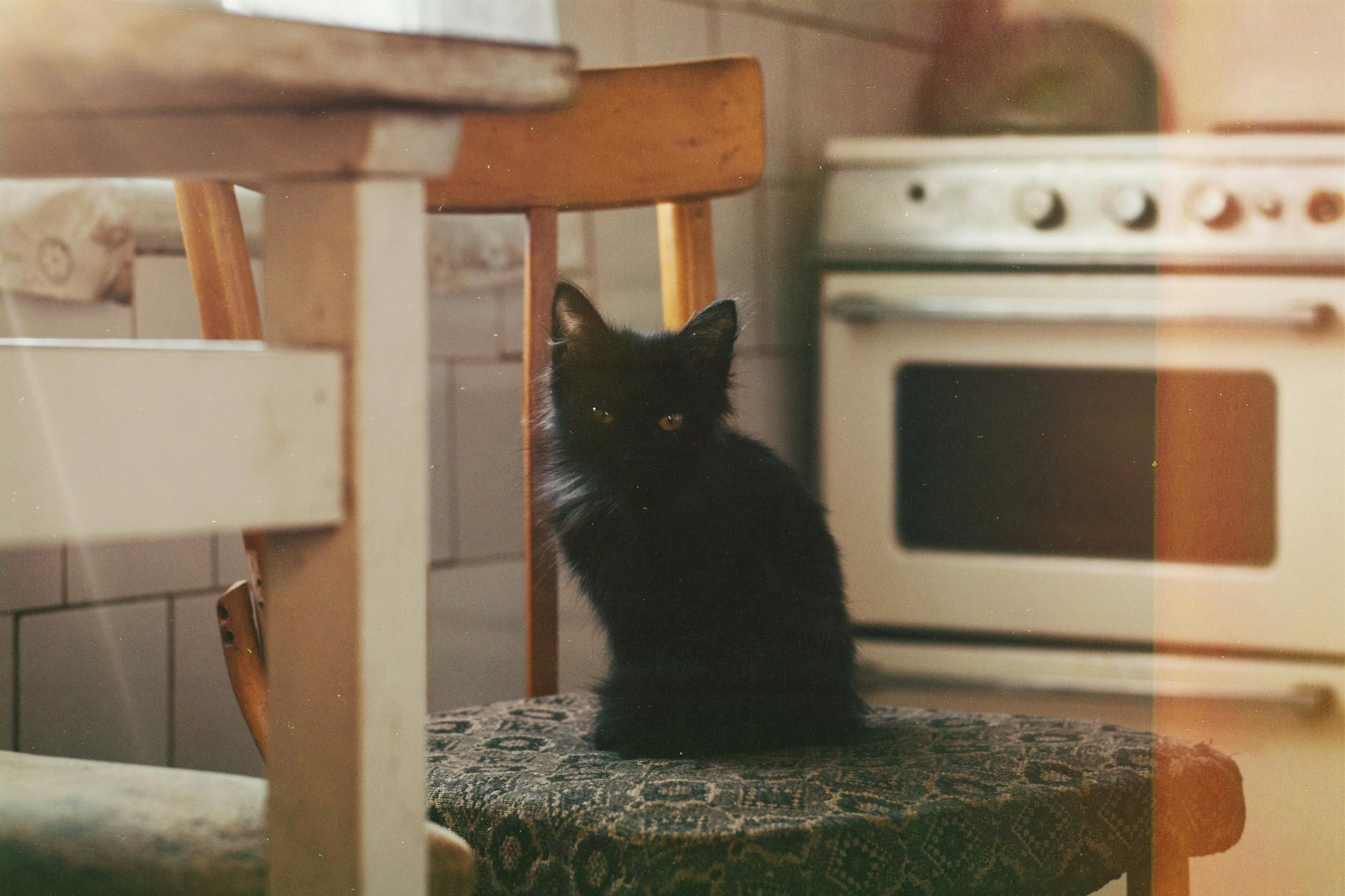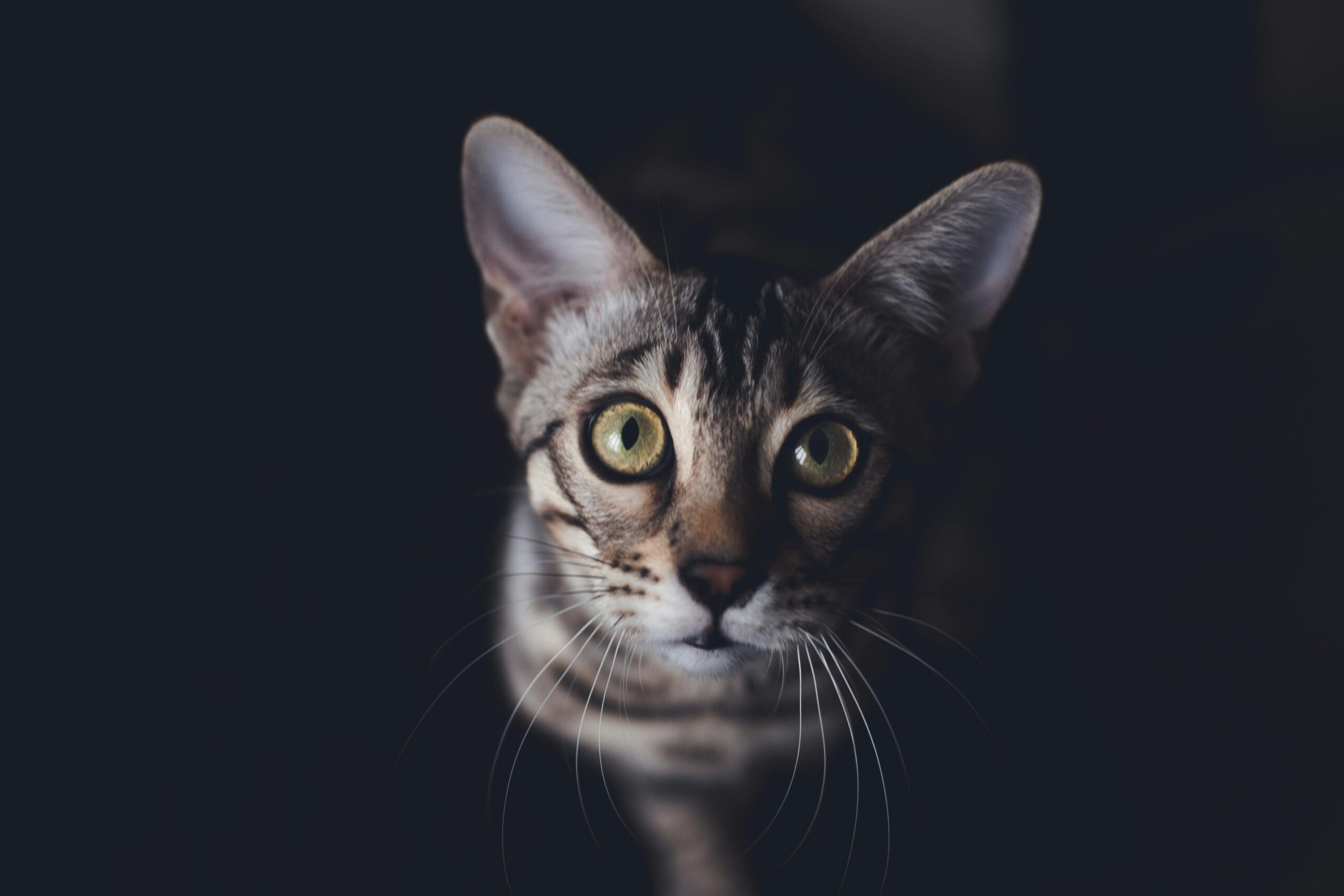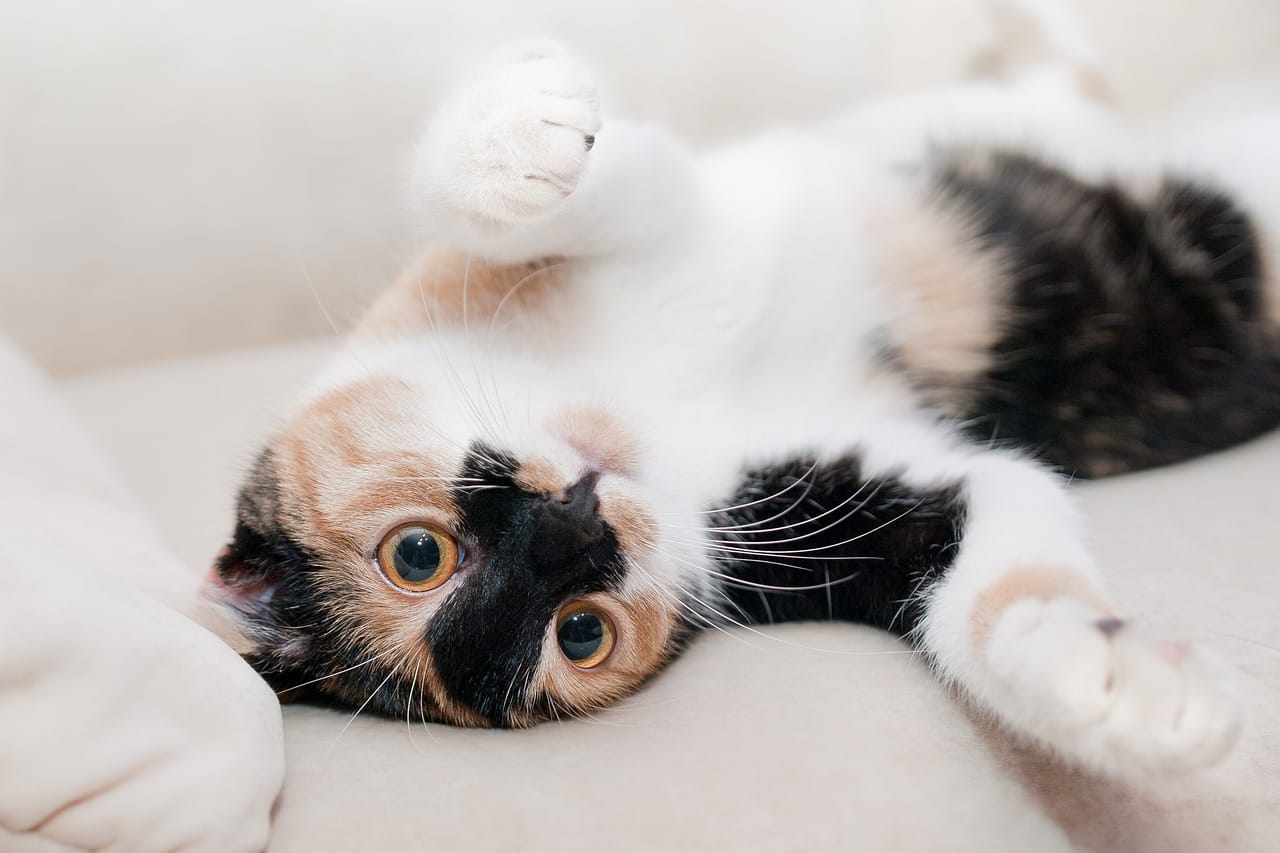Is your kitten dehydrated? Learn how to get your kitten to drink more water! This article tackles kitten dehydration, boosting kitten water intake, and ensuring your furry friend stays healthy. Discover simple solutions now!
How To Get a Kitten to Drink Water: Preventing Kitten Dehydration
Ensuring adequate kitten water intake is crucial for their health and well-being. Dehydration in kittens can quickly become a serious problem, leading to various health complications. This comprehensive guide will explore various effective strategies to encourage your furry friend to drink more water, helping you prevent kitten dehydration and keep your kitten happy and healthy. We’ll cover everything from choosing the right water bowl to understanding the signs of dehydration and addressing underlying issues.
Understanding Kitten Dehydration and Water Intake Needs
Before diving into solutions, it’s essential to understand why adequate kitten water intake is so vital. Kittens, being small and active, lose water more rapidly than adult cats. Dehydration can manifest in several ways, including lethargy, sunken eyes, dry gums, and decreased skin elasticity. If you suspect your kitten is dehydrated, consult a veterinarian immediately. Early intervention is crucial. You can learn more about kitten care basics by ensuring your home is safe for your new arrival by reading our guide on how to kitten-proof your home.
The amount of water a kitten needs varies depending on factors like age, activity level, and diet. Generally, kittens need access to fresh, clean water at all times. Dry food, in particular, contributes to dehydration, as it contains less moisture than wet food. While we all love a playful kitten, remember that excessive playing can lead to increased water loss. So ensure they have constant access to fresh water.
Choosing the Right Water Bowl and Location
The type and placement of your kitten’s water bowl can significantly impact their kitten water intake. Some kittens are picky about their water bowls. Avoid using ceramic or metal bowls, as some kittens find these unappealing. Instead, try using shallow, wide bowls made of plastic or stainless steel. Deep bowls can make it difficult for kittens to reach the water comfortably, leading to them avoiding the bowl entirely. A simple change to the type of bowl may make the difference in encouraging a higher water intake.
Location also matters. Place the water bowl away from the food bowl and litter box. Kittens often prefer to eat and eliminate in separate areas. Choosing a quiet and easily accessible location will help your kitten drink more water. Consider placing multiple water bowls around your home, especially if your kitten is playful and may knock over their bowl. Additionally, regularly cleaning the bowl will ensure your kitten is drinking from a clean source. A dirty bowl is one of the leading causes of poor kitten water intake. Just as keeping them clean is important, so is knowing how to bathe a kitten safely and effectively.
Encouraging Water Intake: Creative Strategies
If your kitten isn’t drinking enough water, you might need to get creative. Here are some tips to improve your kitten’s kitten water intake:
Using a Water Fountain
Many kittens are attracted to moving water. A water fountain can be a great way to encourage drinking, as the running water stimulates their senses and often makes them more curious about drinking. The constant flow of fresh water also keeps the water cooler and more appealing than standing water, which can sometimes become stagnant and less desirable.
Adding Flavor to the Water
While avoiding sugary or artificial sweeteners, consider adding a tiny amount of unsweetened cat broth or tuna juice to the water. This can make the water more enticing for picky drinkers. However, this should only be used occasionally, not as a routine, to avoid potentially upsetting their stomachs.
Wet Food: A Source of Hydration
Switching to wet food can significantly improve a kitten’s hydration levels. Wet food contains a high percentage of water, helping to replenish fluids. While dry food is convenient, its lower moisture content contributes to kitten dehydration. This simple change in diet can often dramatically increase your kitten’s overall water intake.
Identifying and Addressing Underlying Issues
Sometimes, low kitten water intake can be a symptom of an underlying health problem. If you’ve tried various strategies and your kitten is still not drinking enough water, it’s essential to consult a veterinarian. Conditions like kidney disease or urinary tract infections can affect a kitten’s thirst mechanism. A veterinary visit can help determine if there is a medical reason for the issue.
Certain medications can also impact a kitten’s hydration. Always inform your veterinarian about all medications your kitten is taking. They can advise on how to best manage hydration while your kitten is on medication.
Signs of Kitten Dehydration
Recognizing the signs of kitten dehydration is crucial for timely intervention. Look out for the following:
- Lethargy and decreased activity
- Sunken eyes
- Dry gums and mouth
- Loss of skin elasticity (skin tenting)
- Decreased urination
- Loss of appetite
If you notice any of these signs, contact your veterinarian immediately. Dehydration can quickly become life-threatening if left untreated. Early detection and treatment are crucial for your kitten’s health. While dehydration is serious, other kitten behavioral quirks such as excessive licking might also require attention. For more on why your cat might lick your face, check out this article: Why does my kitten lick my face?
The Importance of Regular Vet Checkups
Regular veterinary checkups are vital for monitoring your kitten’s overall health, including their hydration status. Your veterinarian can assess your kitten’s hydration levels, identify any underlying medical conditions, and provide personalized advice on maintaining adequate kitten water intake. Prevention is always better than cure, so regular check-ups can greatly assist in ensuring your kitten stays healthy and hydrated.
Remember, providing clean, fresh water is only part of the equation. A balanced diet, appropriate exercise, and regular veterinary care play equally significant roles in maintaining your kitten’s health. Understanding how to get a kitten to drink water involves understanding the entire picture of kitten wellness. For instance, knowing can kittens drink water from various sources is a good starting point. Addressing behavioral issues, such as excessive biting, can also impact their overall well-being; learn how to get a kitten to stop biting.
External Resources
For additional information on kitten health and hydration, you may find these resources helpful:
Conclusion
Ensuring adequate kitten water intake is crucial for preventing kitten dehydration and maintaining your kitten’s overall health. By employing the strategies outlined in this guide and seeking veterinary advice when necessary, you can help your kitten stay properly hydrated and thrive. Remember, consistent monitoring and proactive measures are key to keeping your feline companion healthy and happy.
Share your experiences and tips on how to get a kitten to drink water in the comments below! What strategies have worked best for you? Let’s build a supportive community to help all kittens stay well-hydrated.

Frequently Asked Questions: How To Get A Kitten To Drink Water
- 1. My kitten isn’t drinking enough water. How can I tell if it’s dehydrated?
- Signs of kitten dehydration include sunken eyes, dry gums, lethargy, and loss of skin elasticity (skin tenting). If you see these signs, contact your vet immediately. Insufficient kitten water intake is a serious concern.
- 2. How much water should a kitten drink daily?
- The amount varies by kitten size and activity level, but a good rule of thumb is about 1/2 to 1 ounce of water per pound of body weight per day. Monitor your kitten’s kitten water intake closely.
- 3. My kitten prefers milk to water. What should I do?
- Cow’s milk is not suitable for kittens. Offer fresh, clean water in multiple locations. Gradually wean them off milk if they’re currently consuming it.
- 4. How can I encourage my kitten to drink more water?
- Provide multiple water bowls in different locations. Try different bowl types (ceramic, stainless steel). Use a kitten water fountain; moving water is often more appealing. Adding ice cubes can also be enticing.
- 5. My kitten avoids its water bowl. Why?
- The bowl might be dirty or in an inconvenient location. Try different bowl materials and placement. Consider using a kitten water fountain. If the location is near the food bowl, move the water bowl further away.
- 6. What are the signs of kitten dehydration besides the obvious ones?
- Less obvious signs include decreased urination, dry nose, and a lack of energy. Addressing low kitten water intake is key to preventing these symptoms.
- 7. Can I add anything to my kitten’s water to make it more appealing?
- Avoid adding anything without consulting your vet. Sometimes a small amount of low-sodium broth (ensure it’s kitten-safe) can help, but this is not recommended as a regular practice. Focus on improving accessibility and bowl choice first.
- 8. How often should I change my kitten’s water?
- Change the water at least once or twice a day, more often if it gets dirty or warm. Clean the water bowls regularly to prevent bacterial growth and encourage your kitten to drink more.
- 9. My kitten is on wet food; does it still need to drink water?
- Yes! Even wet food doesn’t provide enough hydration. Wet food helps, but monitoring kitten water intake and providing plenty of fresh water is crucial to avoid kitten dehydration.
- 10. When should I take my kitten to the vet about its water intake?
- Consult your vet immediately if you suspect your kitten is dehydrated or if you are concerned about its kitten water intake levels for more than a day. Don’t wait for symptoms to worsen.

How to Get a Kitten to Drink Water
Dehydration is a serious concern for kittens, so ensuring adequate water intake is crucial for their health. Many kittens are surprisingly picky drinkers, and getting them to hydrate properly can sometimes feel like a challenge. This guide provides practical tips and health considerations to help your furry friend stay properly hydrated.
Placement is Key
Kittens, like many animals, prefer to drink from multiple sources and locations. Don’t just put a single water bowl down and expect them to use it. Try placing several water bowls around the house, away from their food bowl. Some kittens are bothered by the proximity of food and water. Experiment with different locations. You can even consider placing a water bowl on a slightly elevated surface, or one near their favourite play area. This will encourage them to drink more frequently. Remember, a clean, safe environment is key, so kitten-proofing your home is essential for their overall well-being. Learn more about kitten-proofing your home to create a hazard-free space for your kitten.
Bowl Type Matters
The type of water bowl can surprisingly influence a kitten’s willingness to drink. Some kittens dislike the whisker stress caused by wide, shallow bowls. Try using a smaller, narrower bowl, or even a ceramic fountain that provides running water. Many kittens find the movement of the water more appealing. A fountain can also help keep the water cleaner and fresher.
Fresh Water, Always
It goes without saying that the water should always be fresh and clean. Change the water in the bowls several times a day, especially if it gets dirty or has food particles in it. Regularly cleaning the bowls will also help prevent bacterial growth.
Encouraging Play and Hydration
If your kitten seems particularly resistant to drinking, you might need to get creative. You can try adding a few ice cubes to the water to make it more interesting, or consider adding a little bit of low-sodium cat broth (ensure it is specifically for kittens). However, never drastically change their diet without consulting a vet. Make sure they have plenty of opportunities to play and burn off energy; this can help stimulate their thirst.
Signs of Dehydration
It’s vital to recognize the signs of dehydration in your kitten. Look for sunken eyes, dry gums, lethargy, and loss of skin elasticity. If you notice any of these symptoms, consult your veterinarian immediately. Understanding your kitten’s behaviour is important, and if your kitten is excessively licking your face, it could be a sign of underlying issues. Learn more about why your kitten might be licking your face.
Wet Food’s Role
Wet food can significantly contribute to your kitten’s overall hydration. It contains a higher moisture content than dry kibble. Therefore, incorporating wet food into their diet can help supplement their water intake.
Addressing Underlying Issues
If your kitten continues to have difficulty drinking water despite your efforts, there could be an underlying medical condition. Consult your veterinarian to rule out any health problems. They can help determine if there’s a medical reason for your kitten’s reluctance to drink. For instance, oral discomfort might make drinking painful. Similarly, if your kitten is exhibiting biting behaviors, addressing this issue could indirectly improve other aspects of their wellbeing. Learn more about getting your kitten to stop biting.
Remember, ensuring your kitten drinks enough water is vital for their health. While some kittens naturally drink more than others, it’s always important to monitor their intake and make sure they are getting enough. It’s also important to know that kittens can indeed drink water; this is a frequently asked question. For more information, see Can kittens drink water? If bathing your kitten becomes necessary, ensure you use a gentle and appropriate method. Learn more about bathing your kitten.

How To Get A Kitten To Drink Water, kitten dehydration, kitten water intake